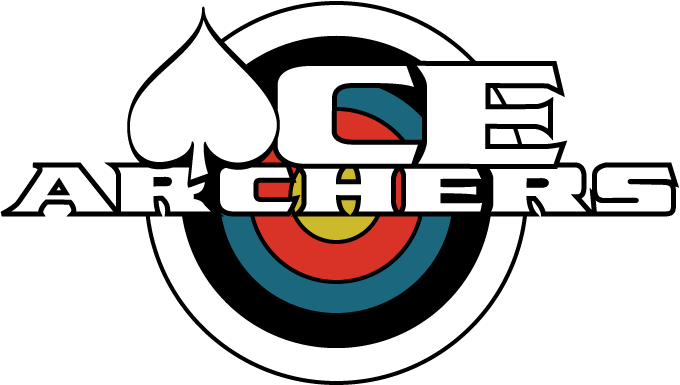Old, young, experienced, or a newbie there are several things that happen to us all when we go to a tournament. We are all in a new place with new sights, new sounds, new smells, new people, and mostly universally felt is the pressure to perform well; which can make us a little anxious. After all, we have practiced for a long time to get ready for this tournament and now all those shots really count!
However, as natural as anxiety is, if we don’t address this anxiousness and keep it in control the emotions can really take over our shot and mess it up big time. So what do we do?
Practice: A Lot
Practice is not shooting arrows for score and not flinging arrows at a target to see them fly. Practice is correctly building your archery skills.
This means shooting blank bale and working on one aspect of your shot process at a time. Work on one part of the shot cycle per day:
- Work on release
- Work on angular draw
- Work on string release
- Work on bow release
- Work on transfer/holding, etc.
Practice being at a tournament, a lot. Once a week, use a practice session to “be in a tournament.”
- Use a timing system to enforce the time limit you will have at the tournament
- Shoot the correct number of arrows per end
- Shoot the correct number of ends
- Shoot the correct distance(s), and keep score.
That is why we have “Shooting for Stars!” once a month, which is run just as an indoor tournament would be run. By practicing being in a tournament, we get used to it and this helps to reduce anxiety when we are in a real tournament.
Build A Shot Cycle
A Shot Cycle is what you do just before you shoot the arrow, the shot process (the technique we use to shoot the arrow), and what we do after the shot is complete. By building a Shot Cycle and using it for every shot, we make the shot familiar. And familiarity reduces anxiety. My Shot Cycle is this:
- Take three deep breaths.
- Look at the target and decide where you will be aiming. (This is especially important when shooting outdoors to deal with wind.)
- Execute the NTS Shot Process:
- Load the Arrow
- Posture and Stance
- Hook and Grip
- Set
- Mindset
- Lift and Coil
- Set-up
- Draw
- Load
- Anchor, etc.
- After the Shot Process is done, look at where the arrow landed.
- Make a judgment if the shot properly compensated for wind.
- Repeat until all the arrows are shot.
Because I do the same thing every time, it is very familiar and comfortable. No matter where I shoot, I know the Shot Cycle will be the same. I am in charge of my Shot Cycle, my Shot Process, and that makes me in charge of my performance.
Learn To Relax
After every arrow, it is natural to wonder where it scored, to look at the performance (result) of the arrow, and then become upset because it did not score as well as we would like. However, after you have released the string and completed the follow through, you have completed the shot process and that shot process is now in the past. There is nothing you can do about it. It is over. So Relax and Enjoy the Moment!
Live In The Moment!
Each arrow you shoot is different and unique from every other arrow you have shot. Even if you shoot every arrow the same, this is a different moment in time, a unique experience that will never come again. Unless you learn to enjoy the shot and Live In The Moment, you have lost it forever. Enjoy what you’re doing!
